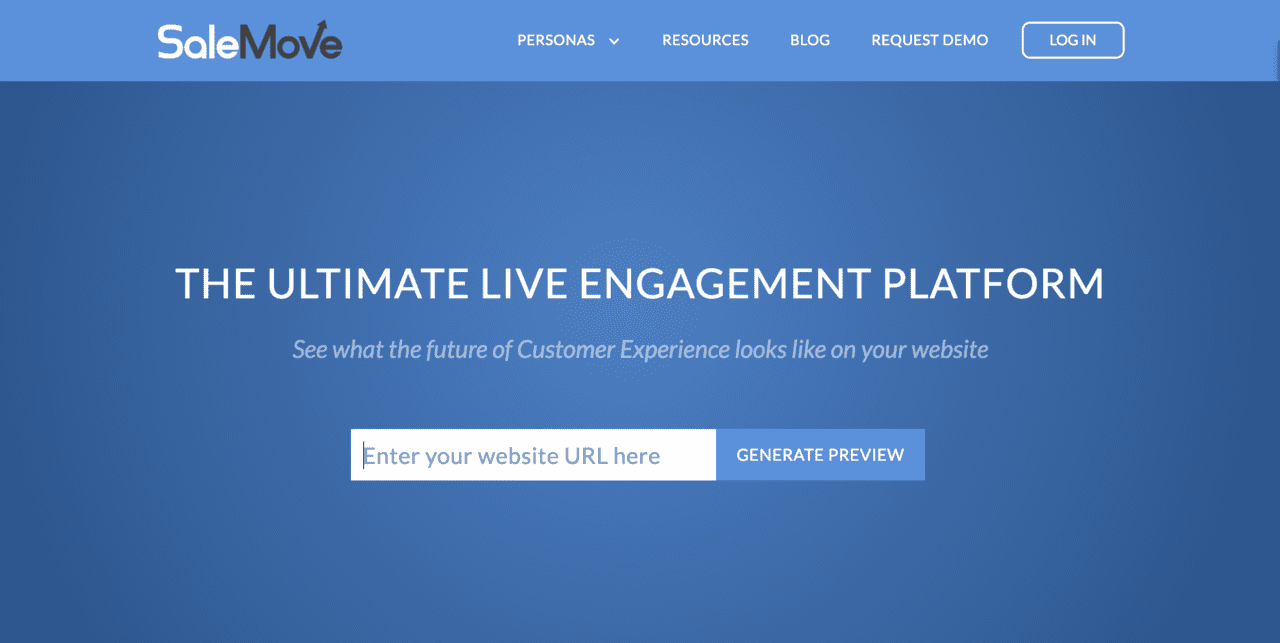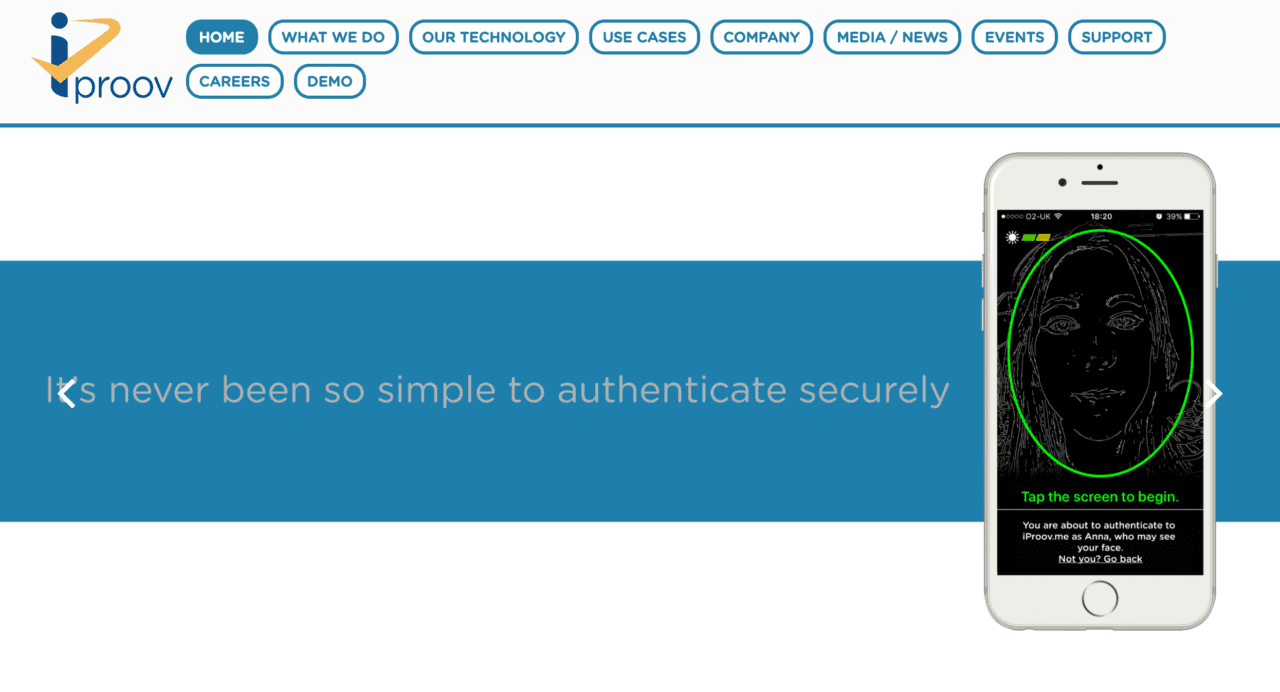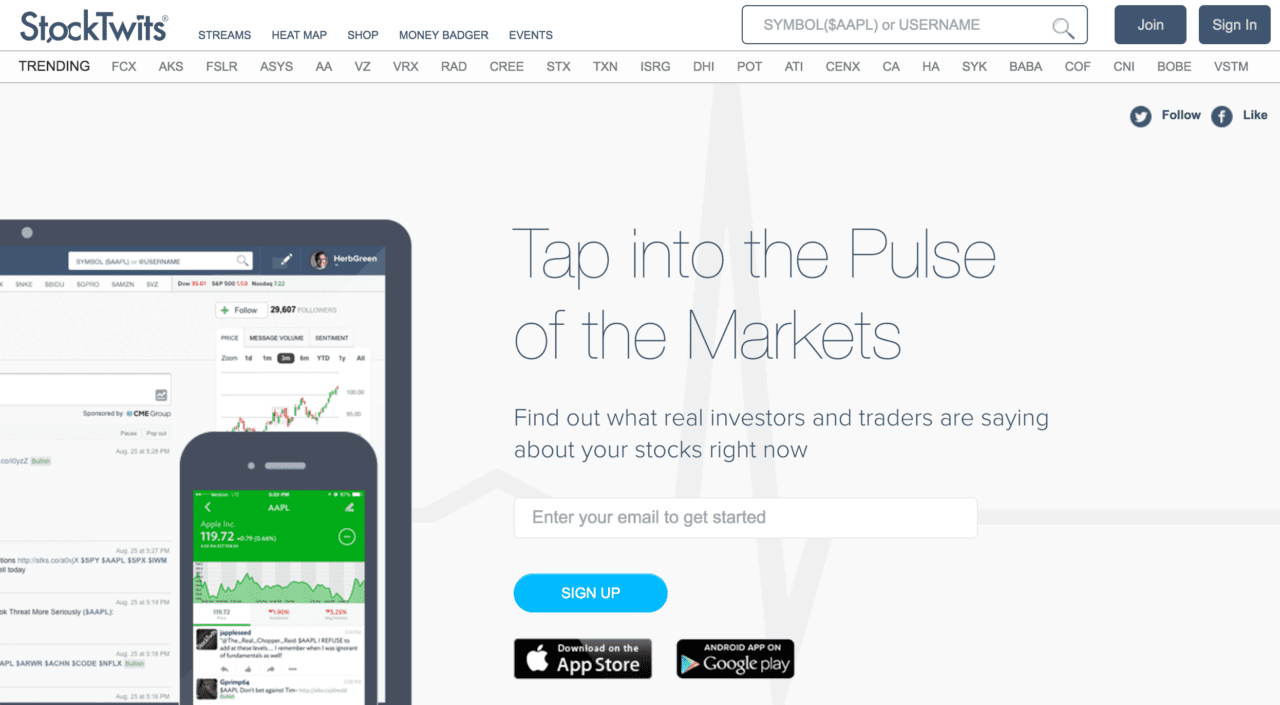
In the depths of winter, FinDEVr — like many of you — is looking forward to summer. On June 12 & 13, FinDEVr is launching its first international event in London and joining forces with London Tech Week.
With the surge of fintech innovation in Europe and the first FinDEVr London speaker deadline just days away, we’re receiving applications from dozens of awesome organizations. Interested in joining the fray? Read on.
FinDEVr is the only event that brings together the people behind fintech: the developers, CTOs, VPs of engineering, software engineers and architects, UX designers and programmers creating financial innovations.
If you’re working on solutions for the fintech, finance and banking industries, the upcoming FinDEVr London is for you. FinDEVr offers a powerful opportunity for technologists to reach 400+ peers in order to:
- Drive product adoption of APIs/platforms/SDKs
- Showcase new and trending technology and the inspiration behind it
- Establish technical leadership of the industry while educating the market
- Garner press recognition and gather feedback on innovations
Through 15-minute, TED style presentations, companies showcase their latest innovations, case studies, tutorials and best practices through demos, live coding, slides, and videos. During interspersed networking in an exhibition area, presenters have the chance to connect one-on-one with attendees for a deeper dive. With a limited number of companies selected to participate (a max of 30 each day), the presenter to attendee ratio is excellent.
For more information on speaking, please review the brochure here: london2017.findevr.com/presenterpdf. And then fill out the online application here: london2017.findevr.com/application.
If you have any questions, please email [email protected]. And keep the first application deadline this Friday, January 27 in mind.
FinDEVr London 2017 is partnered with BayPay Forum, BiometricUpdate.com, Breaking Banks, Byte Academy, Celent, Cointelegraph, Colloquy, Distributed, Empire Startups, Finmaps, Fintech Finance, Harrington Starr, Mercator Advisory Group, The Paypers, SecuritySolutionsWatch.com, Swiss Finance + Technology Association and Women Who Code.





 Malcolm van Raalte, CTO and Co-Founder
Malcolm van Raalte, CTO and Co-Founder

 Guillaume Teixeron, Product Manager, VASCO
Guillaume Teixeron, Product Manager, VASCO











 Matthew Pearch, Commercial Director
Matthew Pearch, Commercial Director

 Balázs Zotter, Head of Product Line
Balázs Zotter, Head of Product Line



